Facility management is one of the pillars that ensures the success of an organization by keeping its land, buildings, and facilities functioning efficiently, safely, and in a sustainable manner. Hard services are some of the areas of facility management that are highly relevant. It is associated with the physical and structural aspects of a facility that directly affect functionality and safety as well as durability. Here are the top ten hard services a facility manager should consider installing into the complete facility management system.
1. HVAC System (Heating, Ventilation, and Air Conditioning)
HVAC is the area that deals with heating, cooling, air conditioning, and all other indoor air quality parameters. These create, maintain, and regulate the temperature and quality of air indoors. Therefore, they provide comfort and productivity for the occupants. The best practices for HVAC management include:
Regular Inspections: Regular inspections should be carried out to assess whether optimum indoor ambient conditions are maintained over time. Checks should include looking for duct leakage, ensuring filters are clean, and ensuring thermostats are functioning properly. Regular checks help to avoid breakdowns and maintain indoor conditions.
Preventive Maintenance: Preventive maintenance is a system that minimizes expensive repairs and time out of service. It should be done in regular practices, including cleaning condenser coils, checking refrigerant levels, and testing airflow. By bringing up such problems with their source at an early intervention stage, facility managers can prolong the working life of their HVAC systems while at the same time reducing energy costs.
Energy-Efficient Improvements: Energy-efficient retrofitting would have an immediate impact on reducing operational costs. For example, an energy-efficient measure would keep temperature settings determined by occupancy using “intelligent” thermostats instead of conventional ones. It could mean adopting new HVAC units and displacing more energy-efficient ones. Energy-efficient systems cut utility bills while, at the same time, helping to preserve the environment by reducing carbon emissions.
Therefore, a well-maintained HVAC system can improve indoor air quality and reduce daily energy consumption, which contributes to environmental sustainability.
2. Electrical Systems Maintenance
Such a facility includes electrical systems as a component in getting it functional. Electrical systems are responsible for all areas in general, from lighting to powering essential equipment; hence, their reliability is paramount. Major aspects of electrical maintenance include:
Routine Checks: Routine inspections should be conducted on the wiring for integrity, as well as load capacities. This involves checking for signs of wear, ensuring that circuits are not overloaded, and ensuring that all electrical components meet currently applicable safety standards.
Replacement of Old Systems: An upgrade of outdated electrical systems is essential for a facility to meet modern standards and avail new technologies. It can also involve the replacement of a complete old wiring system, installation of modern circuit breakers, or upgrading the electrical panels to handle the increased power demand. Besides, an upgrade has a safety dimension as well as an operational efficiency increase.
To prevent electrical hazards, safety regulations should be complied with totally. These safety regulations include local building codes, completion of simple safety audits, and licensing of electrical contractors and other professionals who would do the electrical work.
Cost Reduction: Compliance with the rules has not only reduced accident cases but also insulated the organization from legal penalties.
Down all the energy and fire disturbances; prevent all interruptions; reduce fire risk; and enhance energy efficiency. Check out the latest blog post on How Facility Management Contributes to Business Productivity in the UAE
3. Fire Safety Systems
Fire safety is an absolute requirement for facility management. These are the items that protect the property as well as the lives from damages occasioned by fire incidents. Here are the basic types:
Fire Alarms, Sprinkler Systems, and Smoke Detectors: Installation and maintenance of fire alarms, sprinkler systems, and smoke detectors are vital for early detection and response to fires. Regular testing of these installations is made so that they may be put into operation as intended in case of emergency.
Emergency Exits and Evacuation Plans: Cleared emergency exits and evacuation plans must be in the building to allow occupants a safe exit in the event of a fire. Great restrictive exit routes must be kept clear and regularly practiced drills carried out to familiarize occupants with exit procedures.
Regular Testing and Compliance: There is daily testing of fire safety systems for operation and compliance with regulations. Such include annual inspections, running routine maintenance checks, and prompt compliance with issues. Fire safety compliance does not only prevent accidents but also prosecution.
Strong fire safety management provides a safe environment for its occupants and to society, and it is still within the borders of the law.
4. Plumbing systems
Clean water is supplied as well as safe disposal of wastewater through the plumbing system. Hygiene and operational continuity bear so much importance on plumbing systems. The common areas of interest are:
Preventive maintenance: Preventing leakages or blockages requires preventive maintenance. It involves a visual inspection of piping to detect signs of corrosion, checking the pressure of water in inflow pipes, and ensuring that fixtures are functional. A regular check eliminates such big-buck costs on repairs and keeps disruption of service to a minimum.
Ensuring Quality of Water: Ensuring that the water is clean is essential for drinking and cleaning. This also includes taking water samples and testing for contaminants regularly, maintaining the water treatment systems, and all water storage tanks should be kept clean and well-maintained.
Effective Wastewater Management: Effective wastewater management shall keep the health hazards and pollution of the environment through sewage systems, proper drainage, and quick action taken against any back up or spill.
Proper plumbing systems improve occupant satisfaction and cut down on repair costs.
5. Maintaining Gas Systems
Gas systems are required for heating and many processes that an industry performs on its premises. Poorly maintained gas systems are a major safety risk. Primarily, they are:
Regular Inspections: Regular checks should be conducted after a while to detect leaks or malfunctioning in the gas line systems of a house. Such general checks are on the safety devices, gas lines, and also check appliances for proper installations.
Safety Codes Compliance: Compliance with safety codes and regulations prevents gas-related hazards. The first type is observing local gas safety standards; the second is ensuring that all gas work was done by a certified person; and the last one is conducting a yearly safety audit.
Emergency Response Plan: Emergency response plans for gas incidents include training of personnel on how to react to gas leaks, maintaining important contacts during emergencies, and ensuring that essential equipment is available on-site.
Active management of the gas systems tends to be safety-focused and energy-optimizing.
6. Building Fabric Maintenance
Building fabrics include the walls, roofs, windows, and flooring that keep the building intact. Regular maintenance of the fabric keeps a building structurally sound. Such services have the following outputs:
Prompt repair of cracks or leaks: It looks after the inspection of the signs of wear, sealing of gaps, and using durable materials in repairs. And such prompt addressing of cracks or leaks in roofs and walls works together with preventing water damage and therefore prevents a compromise in structural integrity.
Painting and Waterproofing: Weatherproofing surfaces through painting and waterproofing protects them from wearing out caused by all-weather conditions. It protects surfaces from being eroded through corrosion where regular painting is concerned, while moisture resistance is provided by waterproofing its roofs and walls.
Proper Insulation: Insulation is for energy efficiency. This involves checking for gaps in insulation materials, upgrading to better shelf materials that are more efficient, and sealing all windows and doors properly so that loss of heated air does not occur.
The maintenance of the building fabric will prolong the life of the structure and add to its aesthetic glory.
7. Lighting Systems
Lighting is one of those elements that adds to making a facility functional and inviting. Good management of light includes:
Replacing Incandescent Bulbs or Fixtures Immediately When Broken: Such replacement allows for the definitions of lighting levels to be met. This usually means keeping spares with a preference for energy-efficient bulbs like LEDs and following correct installations of all types of lighting.
Replace with Energy-efficient Lighting Fixtures: Replacement with LED bulbs or switching over to energy-efficient lighting will reduce the cost of energy consumption to almost the same level. Formulating the minimum electric current that traditional bulbs require as one of the many advantages, LED bulbs have comparatively longer lives; thus, lower maintenance costs are incurred over the years.
A Good Condition of Lighting Levels: Good conditions of lighting levels refer to safety and productivity. This dictates regular assessments.
8. Maintenance of Elevators and Escalators
Elevators and escalators are very important for vertical transport in buildings of multiple stories. Maintenance checks include:
Routine Inspections: These are carried out to ascertain that the elevator is safe for operation. They include mechanical inspections, checking the performance of safety devices, and lubricating or oiling all moving parts.
Prompt Mechanical Repairs: It is of utmost importance to fix mechanical problems when they arise. Sometimes, maintenance delays can cause elevators and escalators to be down for much longer than necessary. Preventive maintenance ensures quick fault resolution while ensuring repairs are carried out by certified technicians.
Safe Compliance: Safe compliance rules prevent accidents. Local elevator regulations, regular safety audits, and maintenance carried out by licensed professionals are all covered under this.
Regular servicing minimizes disruption while providing added value to the users.
9. Security Systems
Security services protect facilities from unauthorized entry, theft, or vandalism. Some of them include:
CCTV Systems and Alarm Services: CCTV cameras and alarm systems must be installed for monitoring and alerting security breaches. There are periodic checks of the site to ensure that the systems are functional and that recordings are secured.
Access-Control Systems: Controlling access through entry systems such as key cards or biometric scanners is necessary in order to control who can enter the facility. This means all access points are to be secured with accurate records of access maintained and regular updates of access permissions.
Regular audits attempt to nip any vulnerability in the bud and thus strengthen the overall security posture. This includes assessing physical barriers, testing alarm systems, and making sure access protocols continue working.
With adequate security in place, assets are secured while occupants feel safe.
10. Energy Management Systems
Energy in facility management has become a thrust area because of increasing costs as well as environmental issues.
Monitoring Energy Consumption Patterns: Monitoring of energy consumption patterns helps to indicate areas of inefficiencies. This entails the use of energy management software to monitor consumption, analysis of the collected usage data for identifying areas with high usage, and formulating strategies to curb usage.
Renewable Energy Solutions: It includes assessing the viability of any renewable energy installations, making themselves aware of and in compliance with local regulations, and integrating these systems into existing infrastructure.
Prioritizing Hard Service Benefits
Implementing hard service properly comes with multiple benefits:
Safety Compliance
Reduced Risks of Accidents: Maintenance of systems like fire safety and electrical systems reduces the risk of accidents significantly by keeping them well implemented. Thus, it protects users and avoids legal liabilities caused by non-compliance.
Regulatory Compliance: Meeting safety standards would permit regulatory compliance on local levels, thus avoiding fines and penalties that would arise from noncompliance. Routine audits and inspections help stave off any shortcomings in compliance.
Enhanced Reputation: A safe and compliant facility is also one that enhances the company’s reputation and builds trust amongst employees, customers, and the stakeholders.
Operational Continuity”:
Minimized Downtime: Most important systems like HVAC and electrical support continuous operation through periodic upkeep, thus keeping downtime short with subsequent losses in productivity and revenue.”
Reliability: Stable systems supply a stable environment for business operations so that organizations can meet their objectives without interruptions.
Improved Customer Experience: For such facilities as retail or hospitality, continuous operations will guarantee a steady and favorable customer experience, increasing satisfaction and loyalty.
Cost Effectiveness
Reduced costs associated with repairs: preventive maintenance is designed to fix problems before they grow so big that they require expensive emergency repairs.
Longer Life of Assets: Maintenance eats into the lifespan of equipment and infrastructure, thus deferring replacement, and thereby, saving on capital costs.
Savings in Energy: Savings realized from efficient systems and energy management lead to considerable drops in utility bills and hence reduced operational cost.
Energy Savings
Lower Utility Bills: Implementation of energy-efficient technology and processes reduces energy consumption and leads to lower utility bills as well. It not only saves money but also makes the world more sustainable.
Reduced Carbon Footprint: Facilities reduce their carbon footprint by using less energy, which promotes the promotion of environmental goals or corporate social responsibility.
Incentives and Rebates: Several regions provide incentives and/or rebates to businesses that employ energy-efficient measures, which translates to additional dollars saved.
Occupant Satisfaction
Improved Welfare: Facilities provide well-being to occupants, resulting in comfort, thus possibly increasing productivity in various areas, optimal temperature conditions, air quality, lighting, etc.
Health and Welfare: An environment that is both safe and healthy provides well-being for its occupants, thus reducing absenteeism and improving morale.
Productivity Enhancement: Comfortable and efficient environments improve efficiency among employees or tenants, resulting in increased performance and outcomes.
Using Technology in Hard Services:
Carry modern technology at the federal level to encourage optimization of hard services through tools like:
Computer-Aided Facility Management (CAFM): It simplifies the schedule, tracks, and reports maintenance tasks. CAFM makes the life of facility managers easier because they can arrange work orders, track inventories, and analyze performance metrics in order to improve efficiency.
IoT Sensors: They will give real-time data of the system performance for predictive maintenance. These IoT sensors could monitor temperature, humidity, and energy usage, providing early interventions before issues become serious.
Energy Management Software: This would identify inefficiencies that would be most appropriate for their performance improvement. It would analyze energy consumption, define a reduction target, and set up a way of achieving the target.
These technological advances, when incorporated in the organization of facility operations, improve management efficiency and reduce efforts in processes.
Conclusion:
Hard services are strong pillars in effective facility management since they guarantee that all the hard components of a building work optimally. HVAC systems, fire safety services, and anything hard should bring about continuity in functioning, the well-being of occupants, and savings in costs.
A facility manager, at different grades, should do the following: undertake proactive intervention by conducting regular inspections, Contact us for utilizing state-of-the-art technology, and enforce compliance with standards. These ten essential hard services can make environments safe, efficient, and sustainable in the long term.

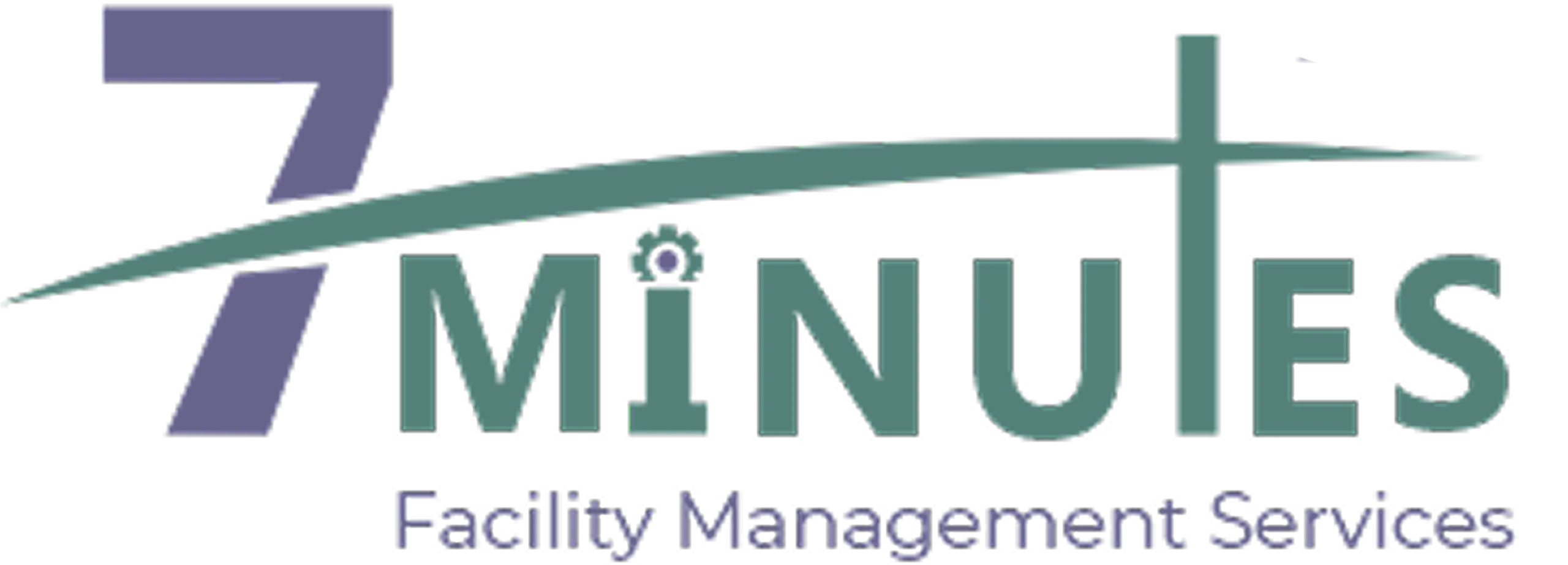
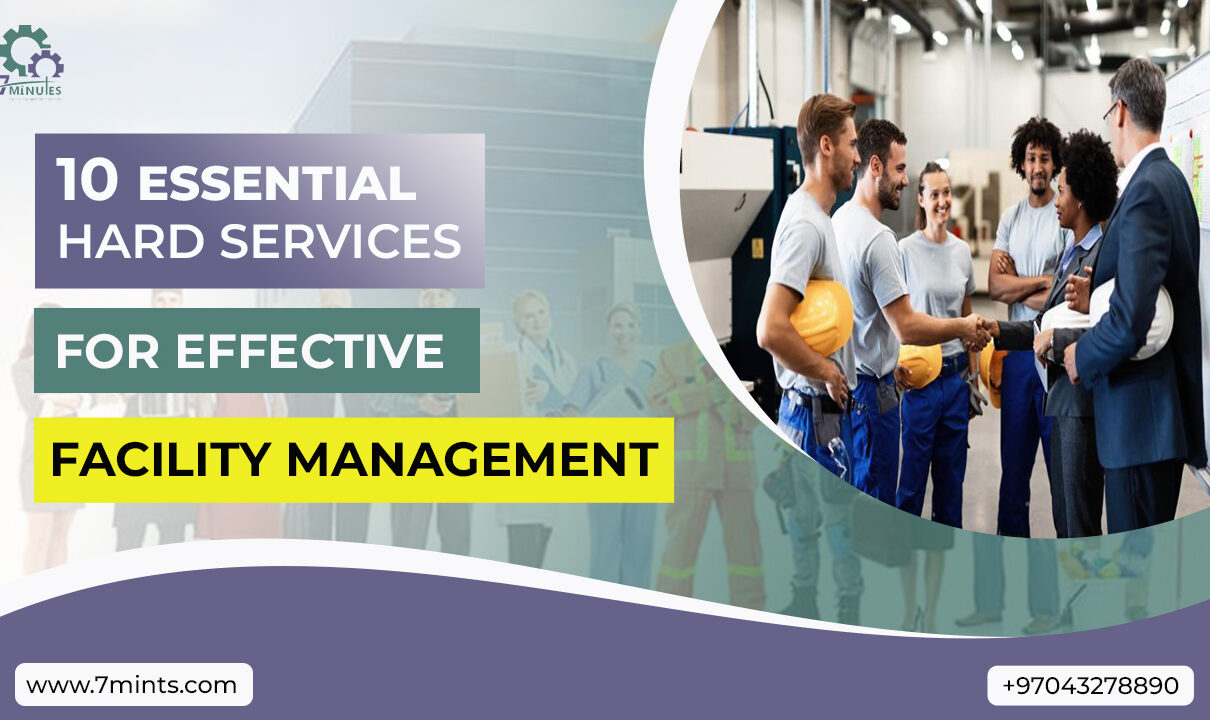


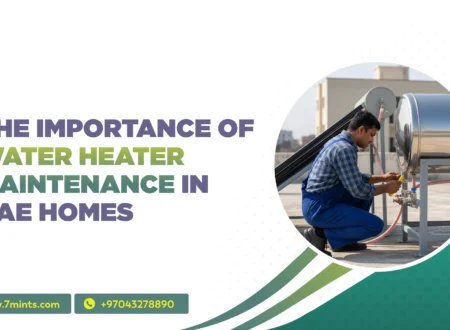
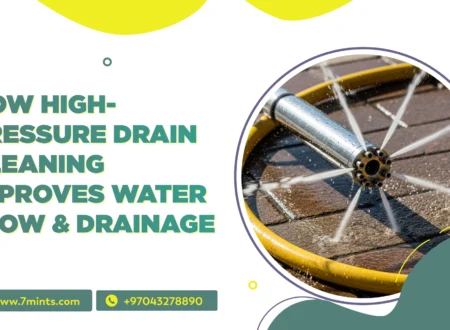

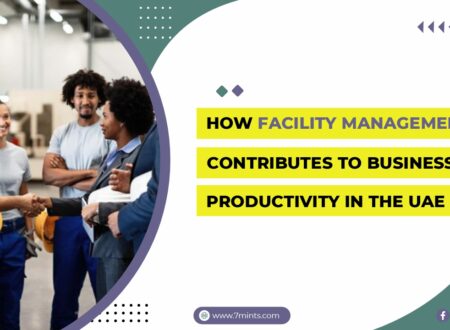

2 Comments
Comments are closed.